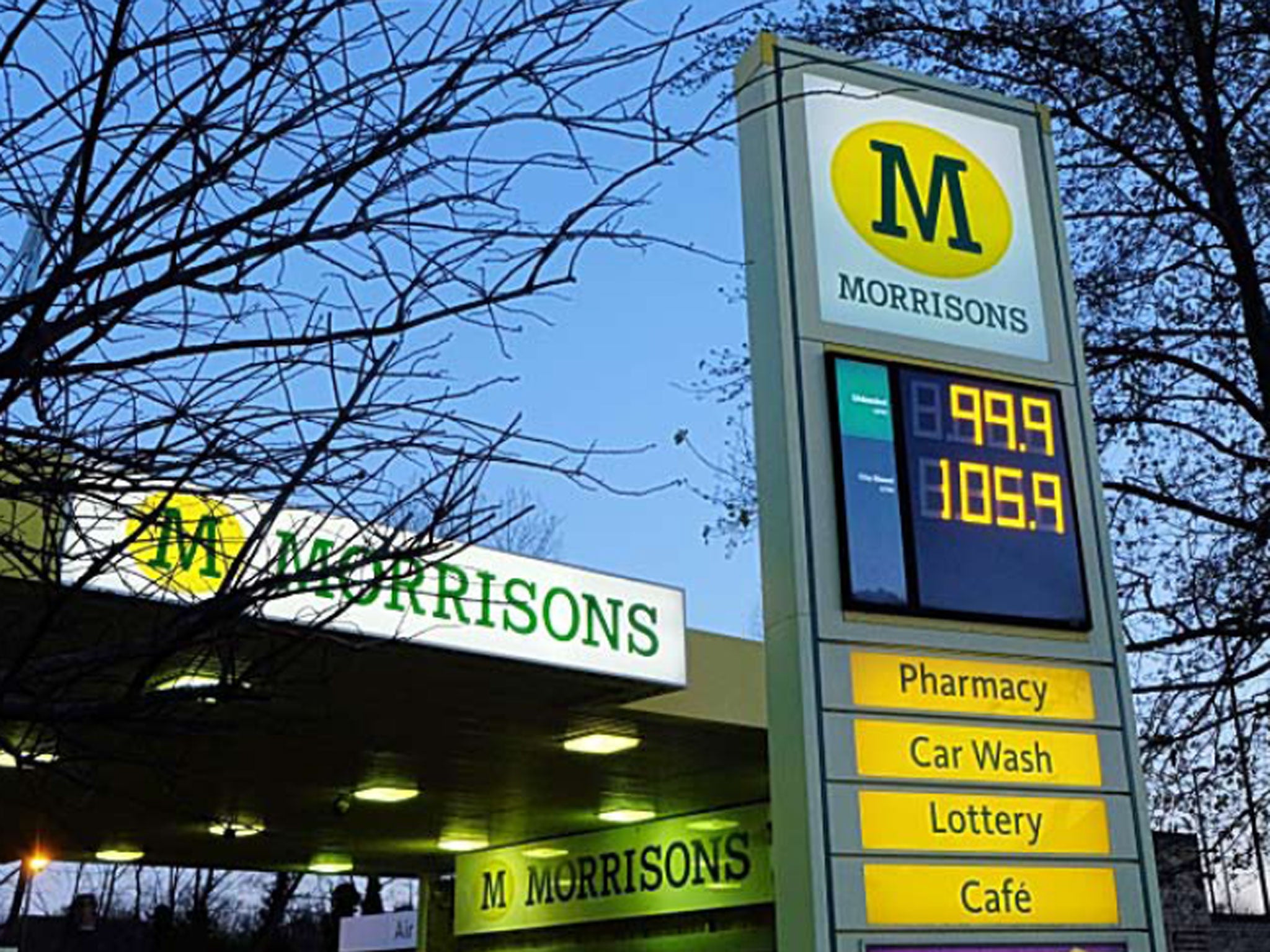Interest rate rises: Will the tide turn in favour of savers in 2016?
There are a number of key changes in the pipeline for savers this year, says Andrew Hagger

I have a feeling that 2016 could be the year where we say goodbye to bargain-basement loan rates.
On the flip side, it could mean that the tide starts to turn in favour of beleaguered savers, who have had to contend with paltry interest returns for what must seem like an eternity.
Once the fall in the cost of fuel prices is taken out of the inflation numbers we will start to see the Consumer Price Index pick up again in the spring, and then the question will increasingly be: when will UK rates rise?
Savers have suffered at the hands of the Bank of England's low interest rate strategy for almost seven years, so this faint hope that things may start moving will be music to their ears, with their hard-earned nest eggs currently earning a pittance.
Savings changes
There are a number of key changes in the pipeline for savers this year, too.
First, the maximum sum covered by the Financial Services Compensation Scheme has just been cut (from 1 January) by £10,000 per person; therefore sole accounts are now covered up to £75,000, and for joint accounts the protection limit is £150,000.
Something more exciting and rewarding for savers is the forthcoming Personal Savings Allowance (PSA), which from April will allow you to receive a generous portion of your interest free of tax.
Currently all bank and building society interest is paid net – after 20 per cent has been deducted (apart from Isas) – however under the PSA, basic rate taxpayers won't have to pay tax on the first £1,000 of savings or current account interest earned each year – for those in the higher rate tax bracket (earning between £42,701 and £150,000) the annual allowance will be £500.
As a result of this move it's expected that around 95 per cent of savers will receive their interest tax free – that equates to an instant boost of 20 per cent on their savings income.
April 2016 also sees the introduction of the Innovative Finance Isa, which will allow peer-to-peer investors to shelter up to £15,240 as part of their overall Isa allowance.
Borrowers
Levels of unsecured borrowing on credit cards, personal loans and overdrafts have been booming on the back of rising consumer confidence.
There's a growing feeling that borrowing interest rates may well have bottomed out, and with the Bank of England Governor, Mark Carney, intimating that he may rein in borrowing by forcing banks to keep higher levels of capital, borrowing costs are likely to become more expensive in 2016.
Mortgage business is predicted to remain brisk but a lack of housing supply, low interest rates and greater lending availability will see property prices remain high during 2016, an increasing issue for would-be first-time buyers.
The introduction of a 3 per cent stamp duty levy for buy-to-let investors and second homeowners is predicted to spark a surge of activity in the housing market, pushing property prices higher this spring as buyers use the narrow window of opportunity to beat the deadline before the changes come into force in April.
Andrew Hagger is an independent personal finance analyst from www.moneycomms.co.uk
Subscribe to Independent Premium to bookmark this article
Want to bookmark your favourite articles and stories to read or reference later? Start your Independent Premium subscription today.

Join our commenting forum
Join thought-provoking conversations, follow other Independent readers and see their replies